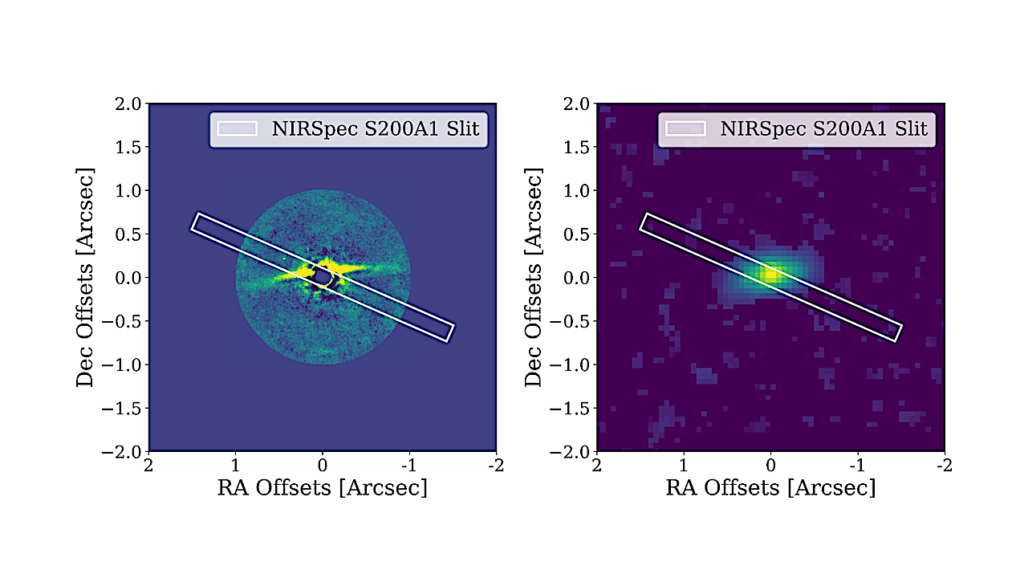Interior Heating Of Rocky Exoplanets From Stellar Flares With Application To TRAPPIST-1

Many stars of different spectral types with planets in the habitable zone are known to emit flares.
Until now, studies that address the long-term impact of stellar flares and associated Coronal Mass Ejections (CMEs) assumed that the planet’s interior remains unaffected by interplanetary CMEs, only considering the effect of plasma/UV interactions on the atmosphere of planets.
Here, we show that the magnetic flux carried by flare-associated CMEs results in planetary interior heating by Ohmic dissipation and leads to a variety of interior–exterior interactions. We construct a physical model to study this effect and apply it to the TRAPPIST-1 star whose flaring activity has been constrained by Kepler observations.
Our model is posed in a stochastic manner to account for uncertainty and variability in input parameters. Particularly for the innermost planets, our results suggest that the heat dissipated in the silicate mantle is both of sufficient magnitude and longevity to drive geological processes and hence facilitate volcanism and outgassing of the TRAPPIST-1 planets. Furthermore, our model predicts that Joule heating can further be enhanced for planets with an intrinsic magnetic field compared to those without.
The associated volcanism and outgassing may continuously replenish the atmosphere and thereby mitigate the erosion of the atmosphere caused by the direct impact of flares and CMEs. To maintain consistency of atmospheric and geophysical models, the impact of stellar flares and CMEs on atmospheres of close-in exoplanetary systems needs to be studied in conjunction with the effect on planetary interiors.
Alexander Grayver, Dan J. Bower, Joachim Saur, Caroline Dorn, Brett M. Morris
Subjects: Earth and Planetary Astrophysics (astro-ph.EP); Geophysics (physics.geo-ph); Space Physics (physics.space-ph)
Cite as: arXiv:2211.06140 [astro-ph.EP] (or arXiv:2211.06140v1 [astro-ph.EP] for this version)
https://doi.org/10.48550/arXiv.2211.06140
Focus to learn more
Submission history
From: Alexander Grayver
[v1] Fri, 11 Nov 2022 11:31:35 UTC (6,536 KB)
https://arxiv.org/abs/2211.06140
Astrobiology








